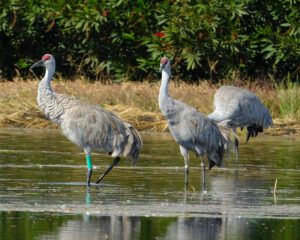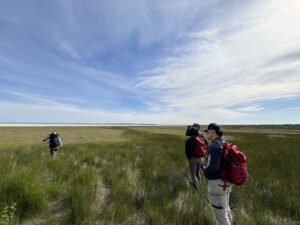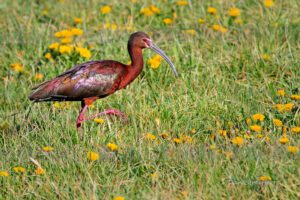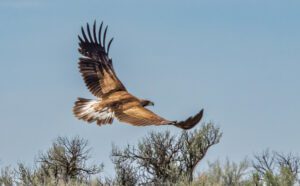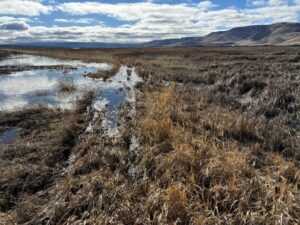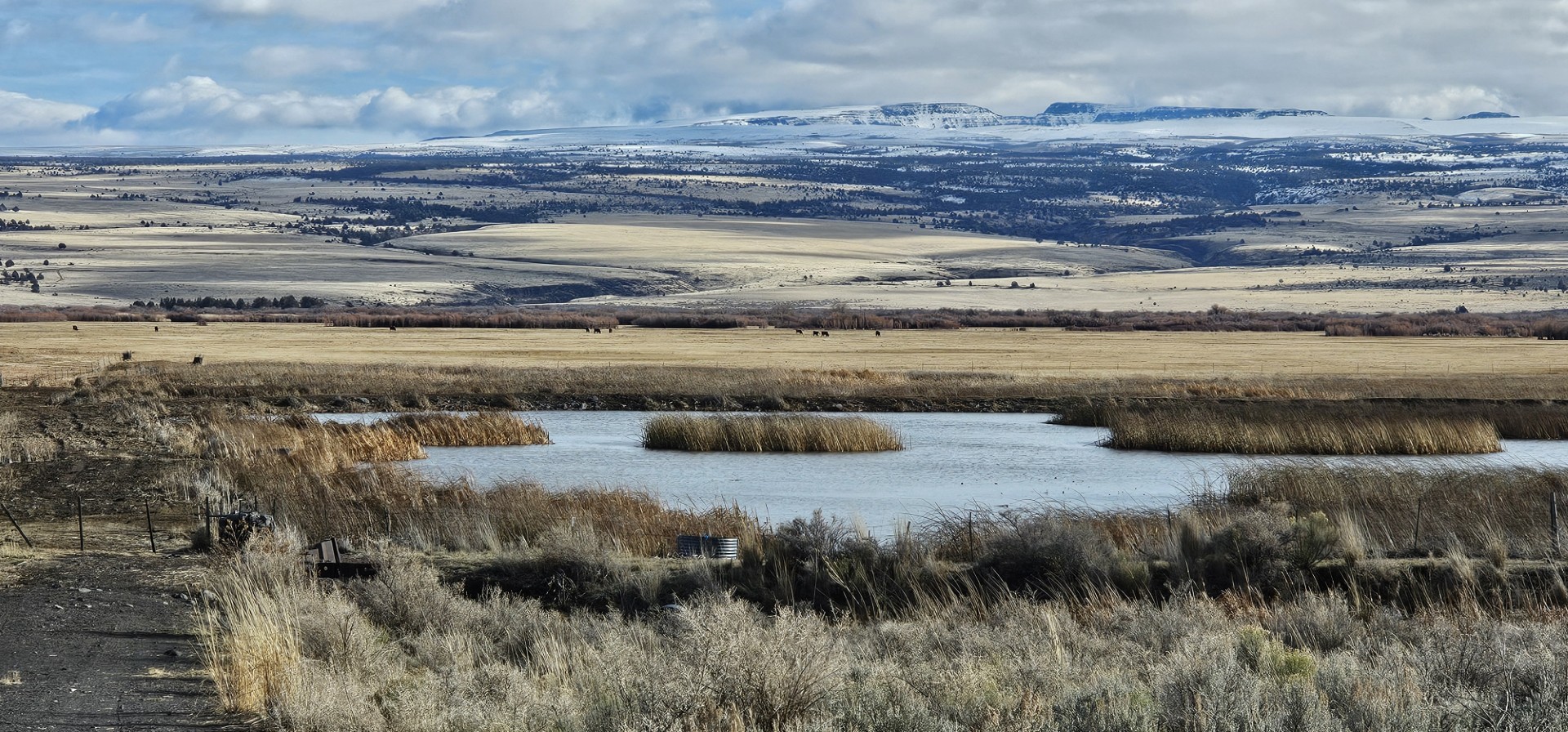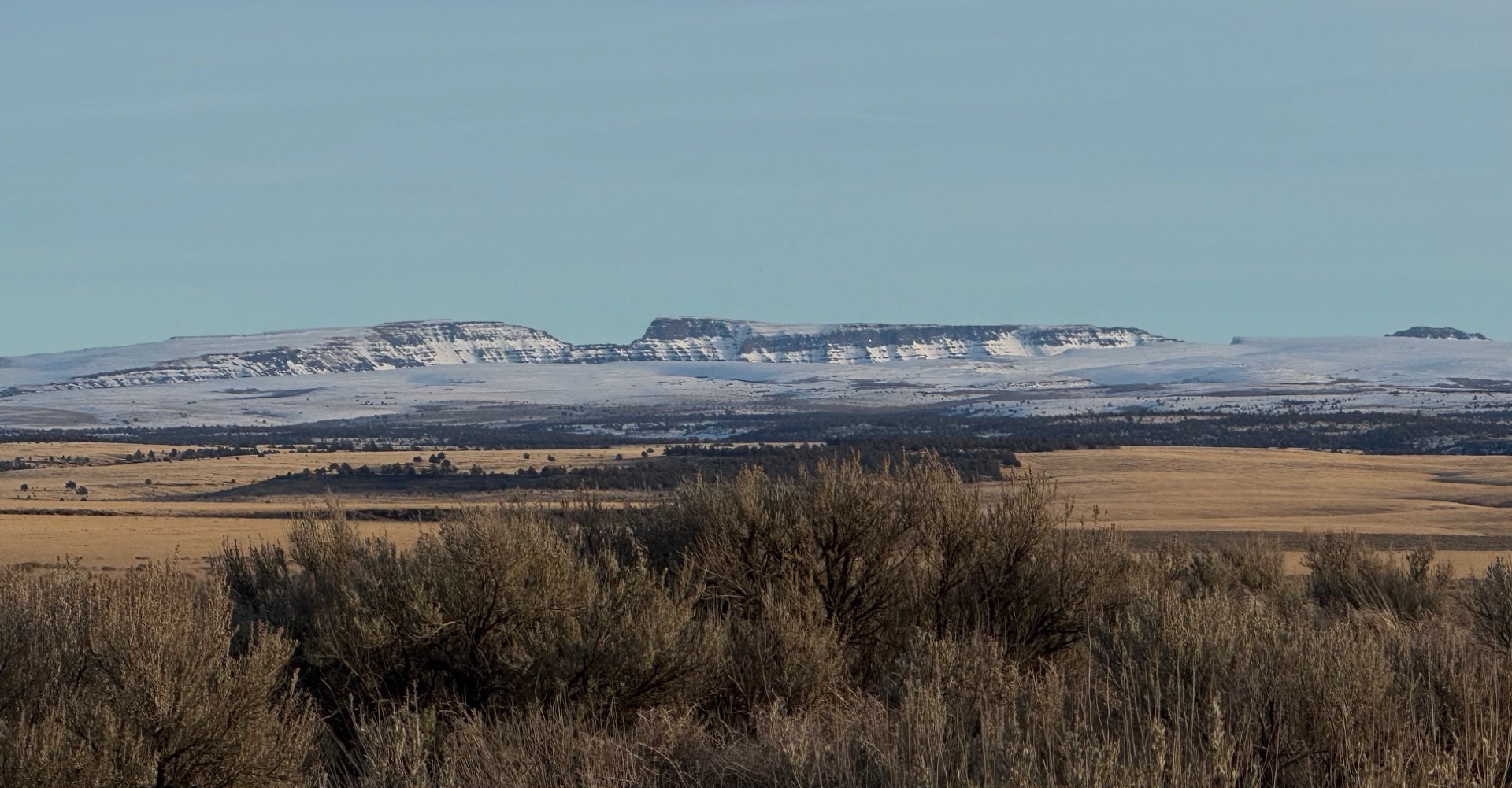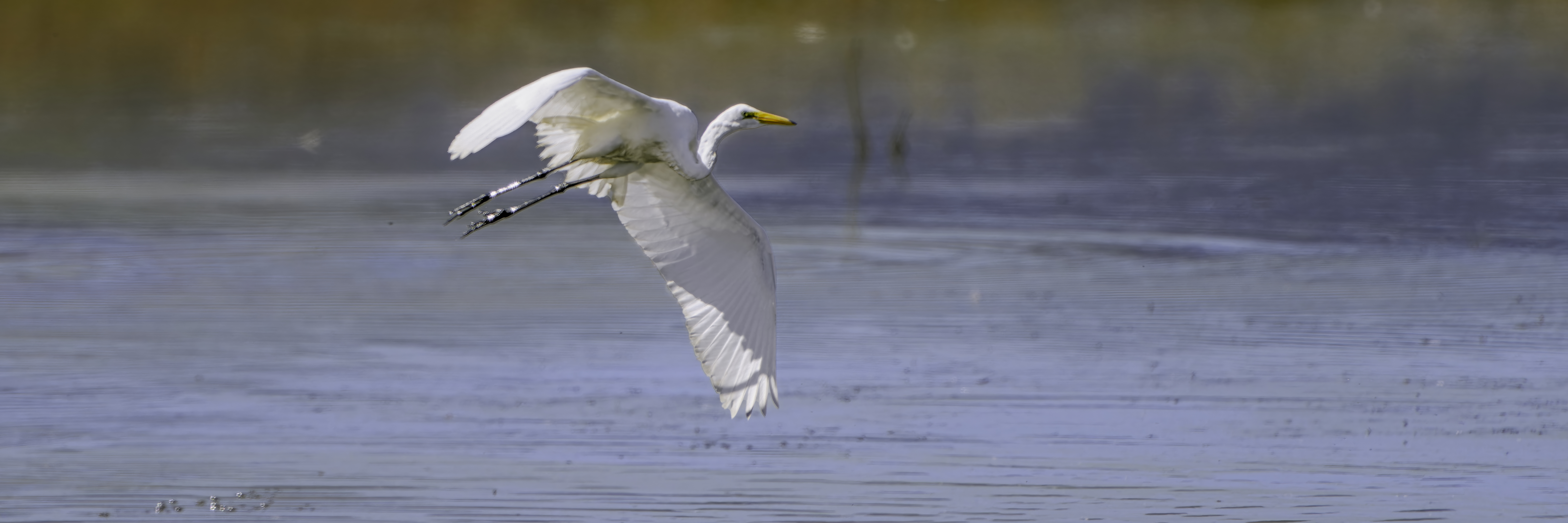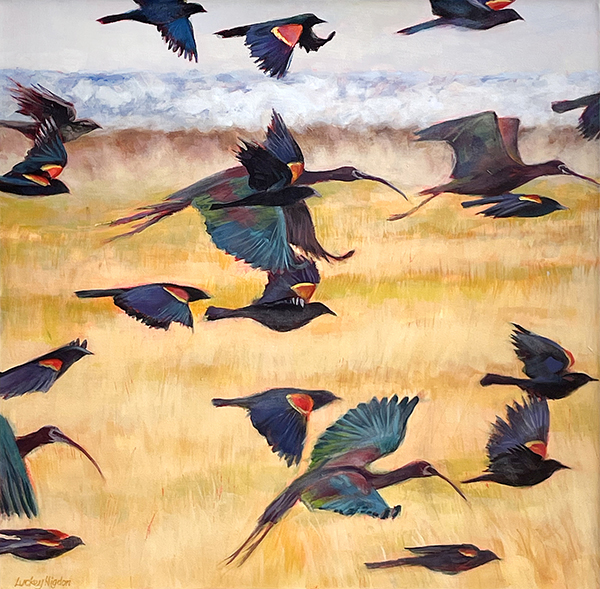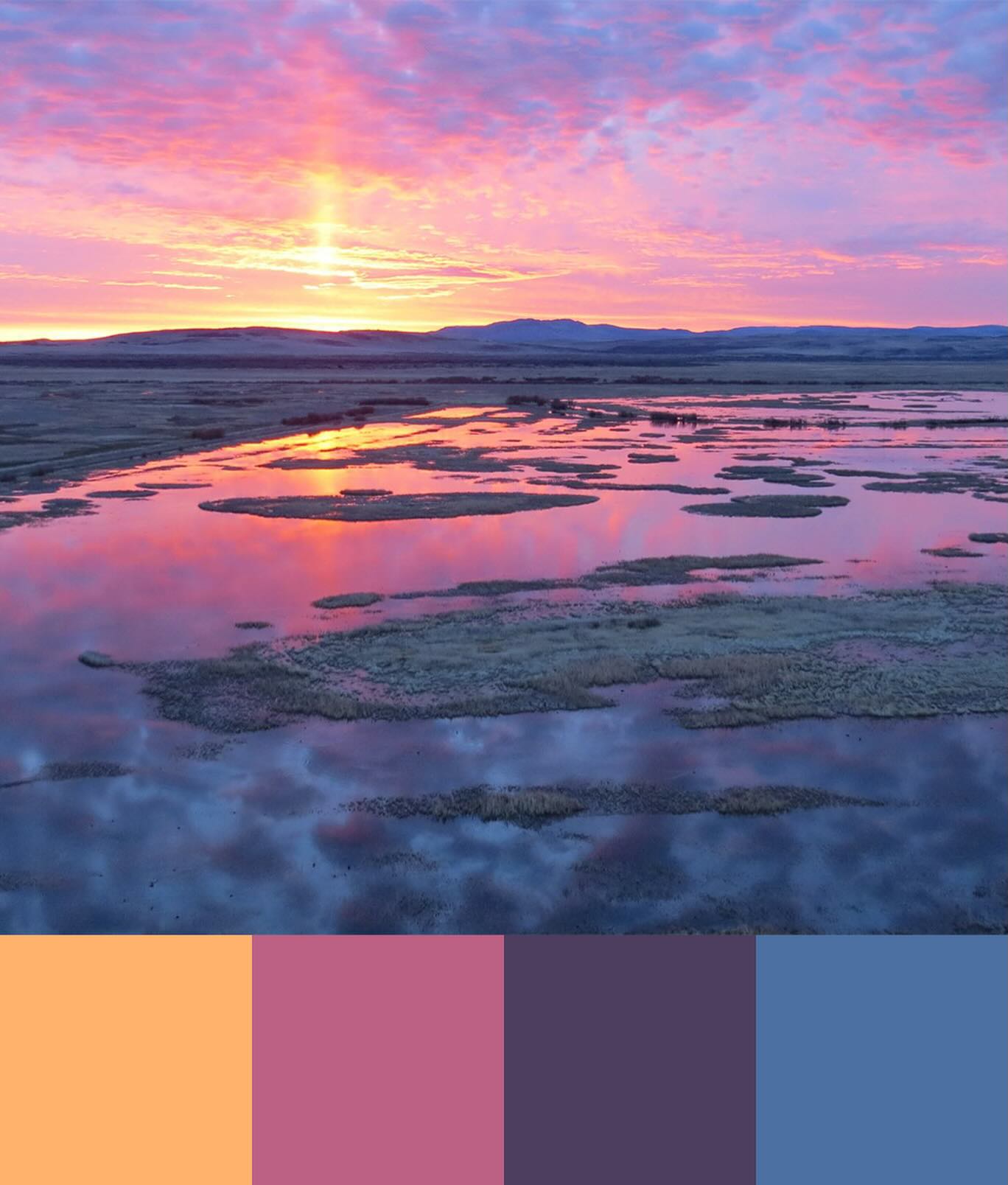Written by Lane Wintermute, FOMR Member and Volunteer Photographer
Photos by Lane Wintermute
I was asked about how I came to know Malheur. It would be interesting to hear your story, as well.
Everyone comes to find the Malheur National Wildlife refuge via a different route. But, however one arrives, they soon succumb to a certain allure that is found here. It’s hard to describe, but those of you that have experienced the place know what I am talking about. Some of us journey into the unique Malheur universe with purpose, and others stumble upon it by accident, luck, or some sort of divine intervention. I was perhaps a stumbler and will share my story with you.
In the early 1970s I was involved as a counselor in a new “Outdoor School” program in Multnomah County, Oregon, one that involved taking kids in sixth grade classrooms out of the urban environment into a week-long experience in the outdoors. It was there that I met two well-known Oregon naturalists, Jim Anderson and L.R. “Rich” Steeves. Both were leaders in the program and soon became mentors to me.
With them, a group of friends formed from the Outdoor School experience and several of us, in our mid to late teens, were soon travelling to the Oregon Desert together, doing small research projects, banding hawks, owls and eagles and even rehabbing and releasing some owls through the Portland Zoo. We were all just kids, trying to find our way, at a time in life when one can easily go astray, but instead of getting drawn into drugs, or crime, or something nefarious, we went camping amid the Juniper and Sagebrush with our naturalist gurus.

Some of us later worked at the Oregon Museum of Science and Industry, OMSI. It was there that I first found my way to Malheur. We would take a bus full of young students there. We would put the kids up at the Field Station which, at that time, had a large dorm room that was furnished with surplus hospital beds from the Oregon State Hospital, as I recall. The kids had great fun with them, and we would sit around Field Station in the evenings pouring through Peterson’s guides, maps, and pictures. It was on those trips, I drove the OMSI bus through the refuge with our leaders lecturing about the refuge and its wildlife, that I became captivated by Malheur. We saw birds and mammals that were completely new to both me and the young students. Coyotes in the fields, birds that we had never imagined including Harriers, Curlews, Avocets and Stilts. Great Horned Owls were in the Headquarters trees, as they are today – and the nesting Sandhill Cranes – oh the Sandhills were such an amazement. Even a pair of Badgers revealed themselves to us on one trip. Things that I had never imagined. It was life changing.
Along the way I was also exposed to wildlife photography and became further hooked on this new craft, one that remains a passion.
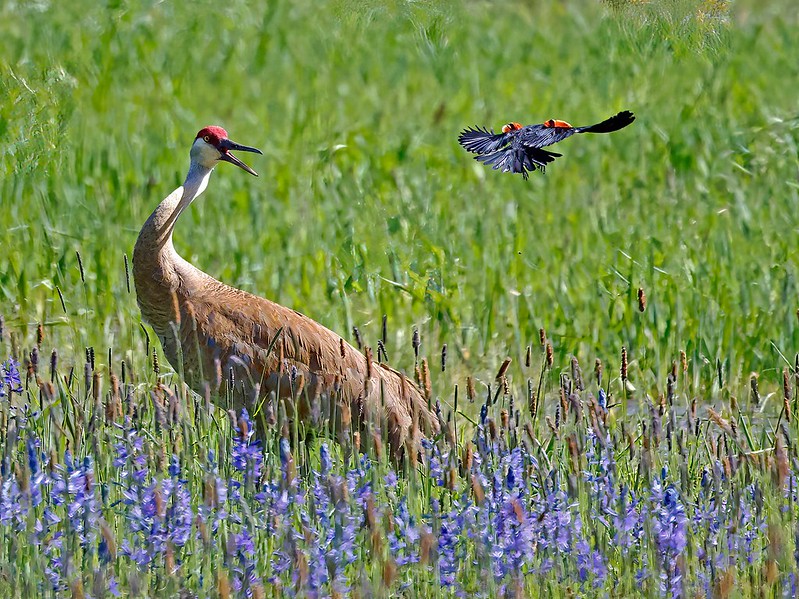
Today, very many years later, after a hiatus driven by the needs of a career and raising a family, I remain captivated – perhaps even more so. Despite living a very long drive away, I still get to the refuge two or three times a year, and each time I return home I can’t wait to go back. The place has a firm grasp on me, and I am thankful for that. Perhaps I will meet you there someday.
Lane Wintermute
Hayden Lake, Idaho
[email protected]


